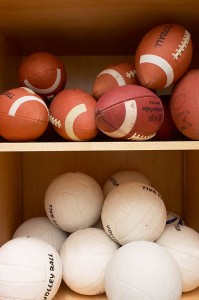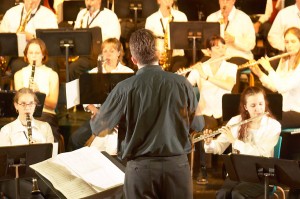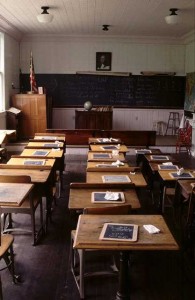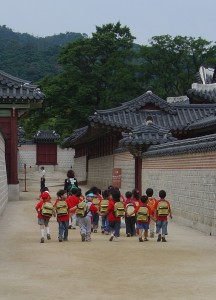 Sometimes, a student might not feel well at school. Perhaps he hurt himself on the playground, or in gym class. What happens then?
Sometimes, a student might not feel well at school. Perhaps he hurt himself on the playground, or in gym class. What happens then?
Schools have a nurse on staff to take care of these situations. She has a small office with basic medical needs, like a medicine cabinet, basic first aid equipment, and a cot or couch on which a sick or injured student may lie down. If a student becomes ill or gets injured, he may go to the nurse’s office to rest while the nurse notifies the mother or father, who will then come and pick the student up. Of course, if there is a medical emergency then the nurse will act accordingly and provide emergency treatment until help comes, but generally speaking, most situations are not life threatening, and the student is able to wait until his mother arrives to take him home.
Besides taking care of sick students, the school nurse has other duties to tend to. She can also dispense medication for students who require it – for example, asthmatic students or diabetic students might need such attention. Generally, the parents must give written permission for the nurse to perform this duty, although the exact procedure can vary from school district to school district. The school nurse may also have a basic medical history for each student, indicating allergies or other medical conditions that school personnel should be aware of. Students may also be weighed and have their height measured each year, and this information would be included in the student’s school record. A school nurse could also conduct a basic vision and hearing screening. Students who don’t pass the vision or hearing screening would have a note sent home alerting the parent to the problem, with a recommendation to make an appointment with the eye doctor (optometrist), ear doctor (otologist) or audiologist.
A school nurse might also give health and hygiene presentations to students as well, particularly in grade school. She might give a talk about oral health and demonstrate the proper way to brush and floss. For female students approaching puberty, she might give a talk to the girls about the changes their bodies will soon go through. (Boys would probably be given a similar talk by a male teacher, since school nurses are usually women, and thus would be an inappropriate speaker for boys on the subject of “the facts of life.”)
It used to be that some vaccinations (for example, vaccinations against smallpox) were given to the students at school, but now most schools require that students be up-to-date on their vaccinations before they are allowed to register for school. Most parents follow a schedule of recommended and/or mandatory vaccines for children attending public schools, so this is generally not an issue these days.









